Watching last night’s ITV report from inside two of Britain’s highest security jails was an odd experience for me. The focus on terrorist offenders at HMP Frankland gave us a unique (although much pixelated) glimpse inside the separation units I urged the government to create back in 2016. I’ve had virtually no formal contact with HM Prison Service since. I sense this is in no small part due to the embarrassment I caused my former senior colleagues by revealing their corporate approach to counter terror –mired at that time in a culture of complacency, arrogance, denial and ineptitude.
Having led a thorough independent review of the threat posed by Islamist extremists in the justice system for ministers, the evidence we gathered from countless field visits, secret intelligence and staff surveys was overwhelming. The unfettered association between charismatic, highly subversive ideologues in prison and other violent recruits was an unacceptable threat to national security on either side of the prison walls. Such prisoners – relatively few, but spectacularly dangerous – needed to be totally preventing from influencing other inmates and converting them to their cause. In my conception, the only way out of separation, judicially supervised, was to show an authentic, substantial and verifiable reduction in risk. The way to get a foot in the door with such entrenched ideologies and not least protect staff was a ‘humanised’ regime with highly individualised treatment programmes.
That was the theory. Over the last two nights ITV reporters showed viewers a tantalising peep at the reality. There was considerable internal opposition from the Prison Service to the idea of separating the most dangerous inmates from the rest of the prison population. Some of this reluctance was a ‘not invented here’ syndrome, some was institutional timidity, some was hubris.
This goes some way to explaining why separation was almost strangled at birth by the construction of entry requirements, benchmarks and a bureaucracy so painstaking that two of the three separation units created were almost immediately mothballed for want of suitable candidates. Even as late as May this year, the director of high security prisons had to be reminded by Counsel at the inquest into the Fishmongers Hall murders that despite his revelation that there was ‘very considerable debate’ internally over the ‘merits’ of separation, it was in fact government policy. The wheels have spun on decisive action for far too long.
When interviewed for the package, Justice Secretary Robert Buckland seemed to acknowledge this unacceptable foot dragging by the prison service to remove hate preachers from general circulation. His commitment to reviewing risk averse entry requirements for these units is welcome and overdue. In January last year at another high security jail an officer came within seconds of being taken hostage to be murdered by an Islamist terrorist and an accomplice he had freely been able to convert. A ‘never event’ unfolded in plain sight. Hatred building within prison walls also leads to devastating attacks in the community. The rights of future victims, not least vulnerable uniformed staff, must always trump those of unrepentant extremists looking for any opportunity to kill.
Buckland’s candour about the fraught complexity of managing terrorists in prison together or apart is also important. Separating those with the psychological power to convert others to violent extremism is the worst solution, apart from all the alternatives. Dispersing violent ideologues around the system is akin to metastasising cancer cells in the body. No strategy is risk free and the threat is dynamic. Increasing numbers of extreme right-wing terrorists in prison might mean similar arrangements must be made to contain those who want to convert a captive, restive population struggling for power, safety and meaning. Nothing incubates extreme views better than the ungoverned spaces in our prisons where the authority of the state is weak.
It’s also important to nail one myth that the reports seemed to give legs to. While we must do everything possible to persuade separated prisoners to abandon violence, their choosing not to engage with our admittedly crude and generic deradicalisation programmes is not a failure of the separation concept. If the intelligence that put them there is sound, merely preventing such people from transmitting their hate to others is a tactical win. As Buckland admitted, there are inevitably some ideological ‘apex predators’ in the system – and in the unit we saw – so entrenched in their commitment to harm and so determined to export it that containing their threat, perhaps indefinitely, is the end not the means. It’s not optimal but very little in this dark world of extreme risk management is. The ITV item suggested that hate preachers Anjem Choudary and Manchester bomber Hashem Abedi were subject to separation. Rightly the MoJ won’t ever confirm such details. Given their potential to undermine national security, it matters less that they were treated (if such a thing is even possible) than prevented from drawing credulous others into their malign orbit. Such offenders are already graduates of the university of hate. Putting them together, isolated from people they can groom, can hardly make them any worse.
In the meantime, the footage revealed some of the incredible men and women on the frontline of this grim battle for hearts and minds. We must always try to humanise the connection between terrorist and target however hard it is. The benefits are huge, the risks only slightly less so. The officers, psychologists, Imams and analysts involved in managing this profoundly complex and risky population without compare in western Europe deserve our thanks and admiration.
But they also need leadership and political support that converts to a much more assertive and integrated approach to managing of their charges. The current multi-agency arrangements fell apart spectacularly when they failed to prevent Usman Khan from murdering two young students near London Bridge in 2019. Reform is not nearly complete, and not nearly radical enough, but I am encouraged by a new spirit of cooperation within the Ministry of Justice to involve those of us who may be critical but have the interests of our national security at heart. ITV has lifted the veil on our most dangerous offenders. It was fine public service broadcasting. When the cameras stop rolling the work to protect us from these ‘spectacular few’ goes on without pause. <//>
Got something to add? Join the discussion and comment below.
Get 10 issues for just $10
Subscribe to The Spectator Australia today for the next 10 magazine issues, plus full online access, for just $10.

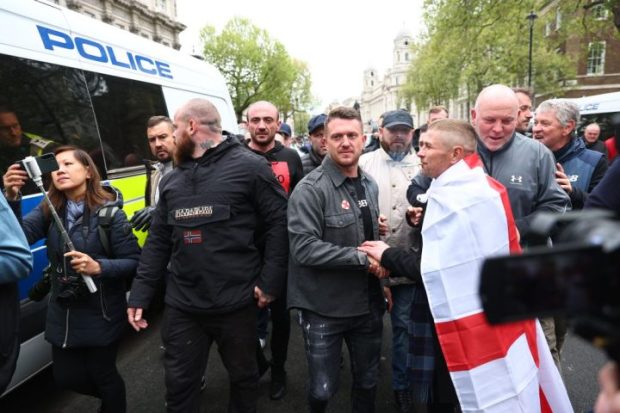
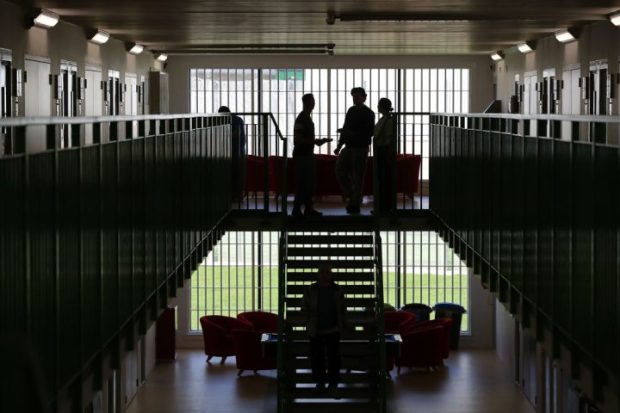
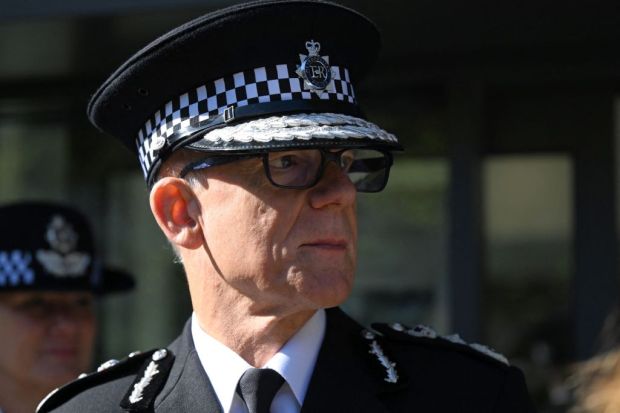
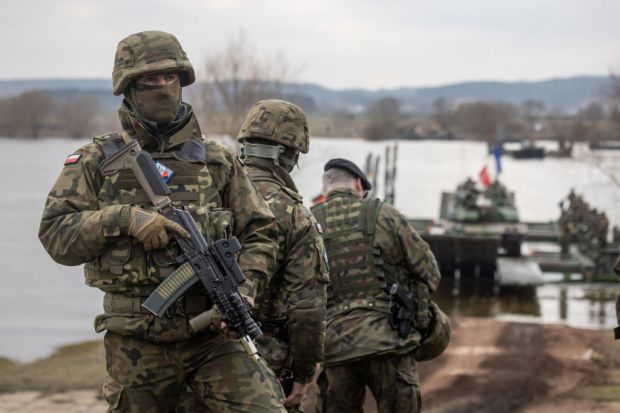
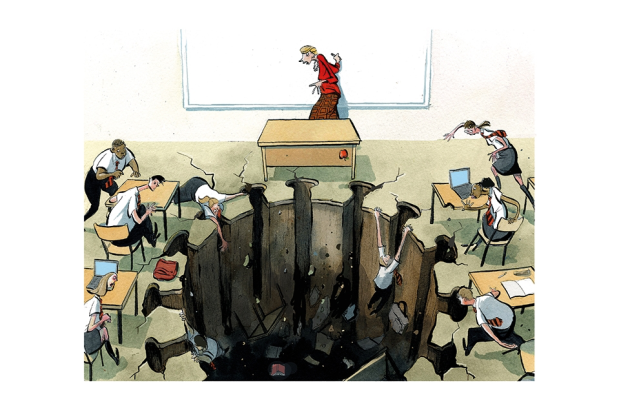













Comments
Don't miss out
Join the conversation with other Spectator Australia readers. Subscribe to leave a comment.
SUBSCRIBEAlready a subscriber? Log in